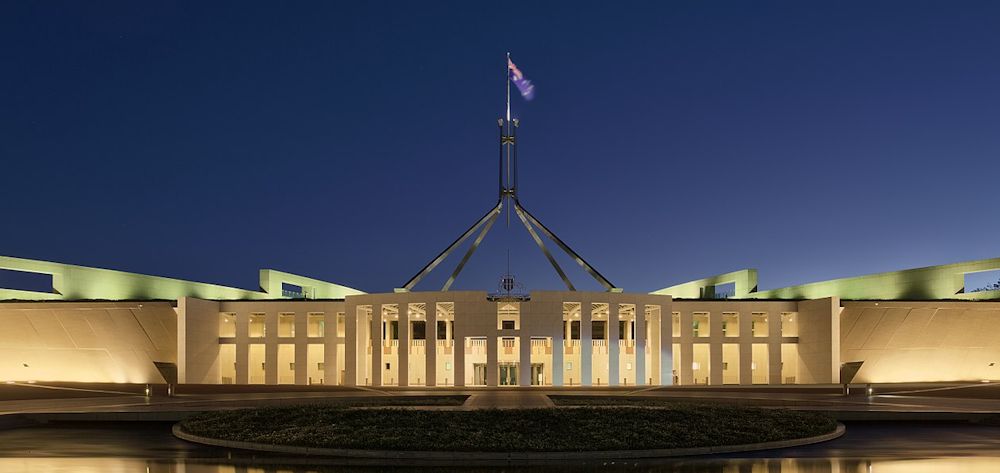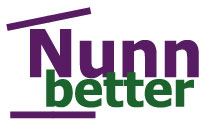
By Warren Nunn
2 The confusion | 3 The tension | 4 My vote | 5 Policy problems | 6 Handouts | 7 The needy | 8 Too much? | 9 The truth? | 10 The dissenters | 11 Intolerance | 12 Few decide
No 12: The reality of how people vote.
Only a few hundred thousand people decide an election
With the count almost complete, the Coalition parties gained around 5.2 million first preference votes in the Lower House. The ALP had around 4.7 million. The Greens were next with about 1.4 million. Those figures will vary in the final count.
A couple of hundred thousand people obviously “swing” between the two major parties.
They are not always the same people and they won’t always have the same reasons.
In reality, people will vote for the party they believe is best going to represent their interests at a particular point in time.
Despite all the introspection, both major parties should embrace changes.
Stop denigrating and start dissecting
The first area should be to stop denigrating one another and to focus on policies rather than people.
That is an important area for me because I switch off when any politician goes on a personal attack.
It’s juvenile. And when it spills over to the floor of Parliament, it is an affront to democracy.
Grow up!
Disarm, don’t disrespect your opponent
Why not disarm your opponent by speaking to them with respect and dignity? Rather than attacking a policy or a person, simply present your platform confidently and gently without resorting to rash promises.
Say something like, “There are other ideas being promoted on how our immigration policy should operate, and here’s an option I put before the Australian people.”
But again, if the behaviour of politicians disqualified them to me as a voter, then how many would be left to consider?
Again, you see why I find it so difficult to support either of the major parties.
And I wonder if more and more people are choosing other candidates outside the aforementioned parties because of some or all of the above.
The folly of painting people as fools
Pauline Hanson’s One Nation party attracted around 430,000 votes in the Lower House.
Disproportionately to the support base, that party is most negatively singled out in the media. Marginalising, demonising and speaking down to people who have a particular way of expressing their democratic rights is another example of the media’s lack of smarts.
It is far more professional to present opinion and to dissect policies rather than the emotional outbursts that are on show.
It’s OK if you don’t like what I say
So, there you are. I have explored the political landscape and my interaction with it.
Not everyone will agree with all of my conclusions. That’s OK! I won’t go into meltdown and shout you down. Everyone is entitled to their opinion and to express it.
Likewise when we fill in our ballot paper at election time, we have the right to make the decision we make.
In the election aftermath when politicians and pundits started blaming, for example, Clive Palmer for his extravagant anti-Labor campaign, they were really saying to you as an individual elector, that you were too dumb to make your own decision.
That attitude needs to change …. but I’m not holding my breath.

Recent Comments